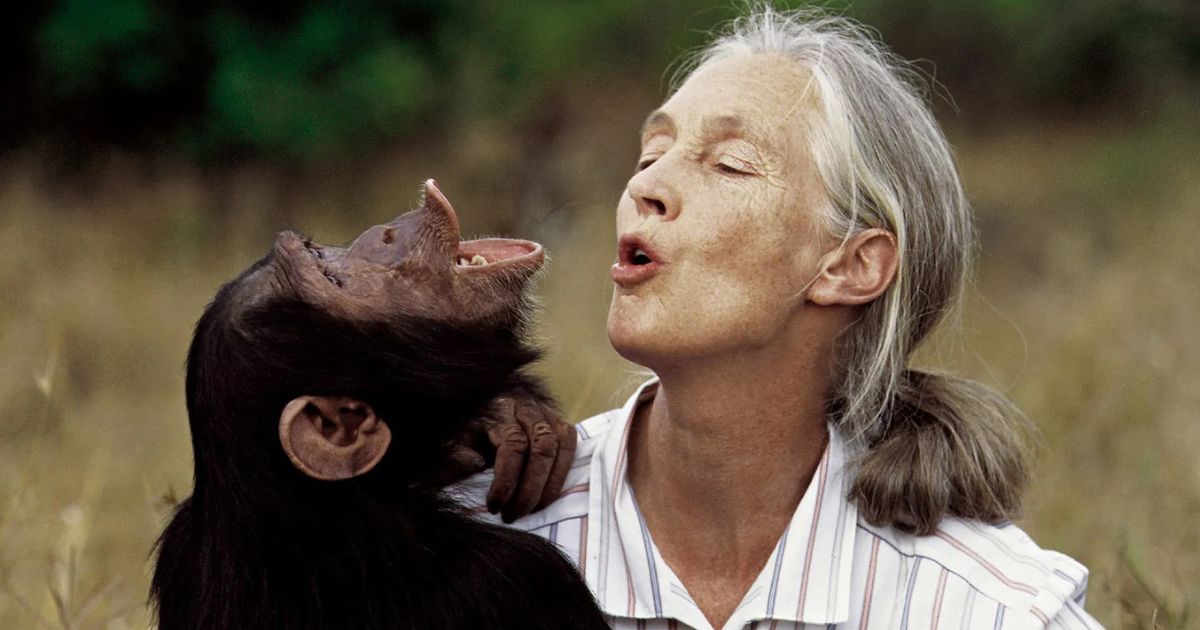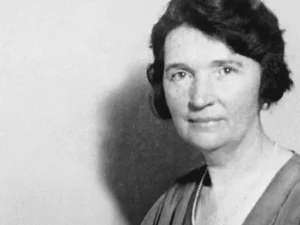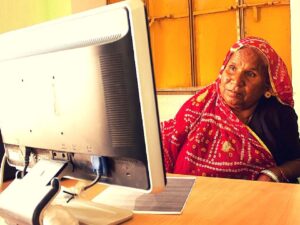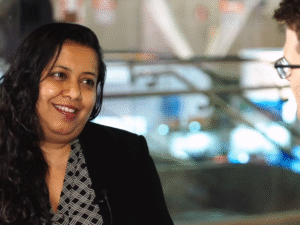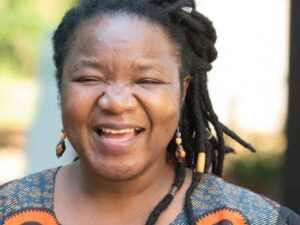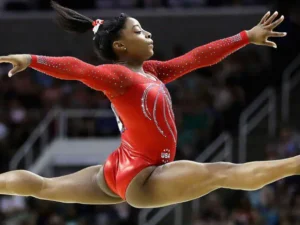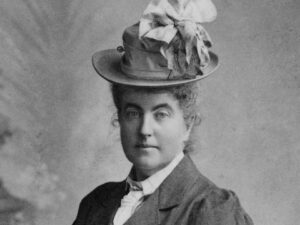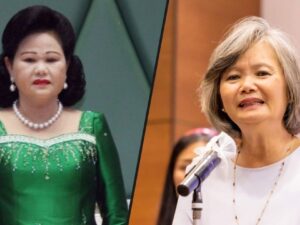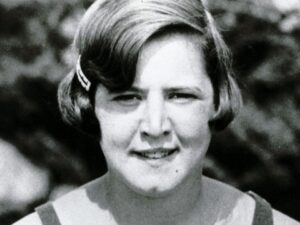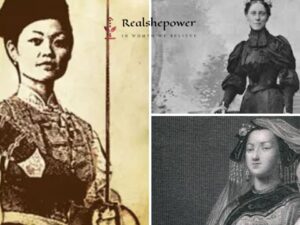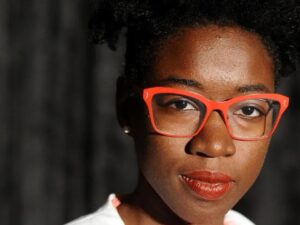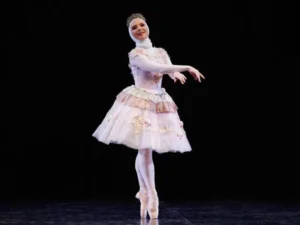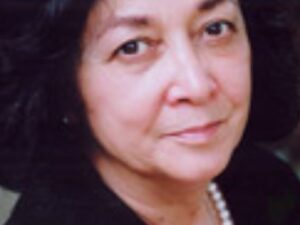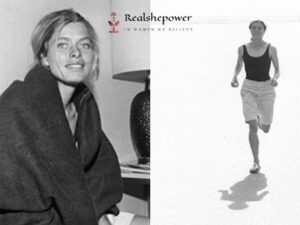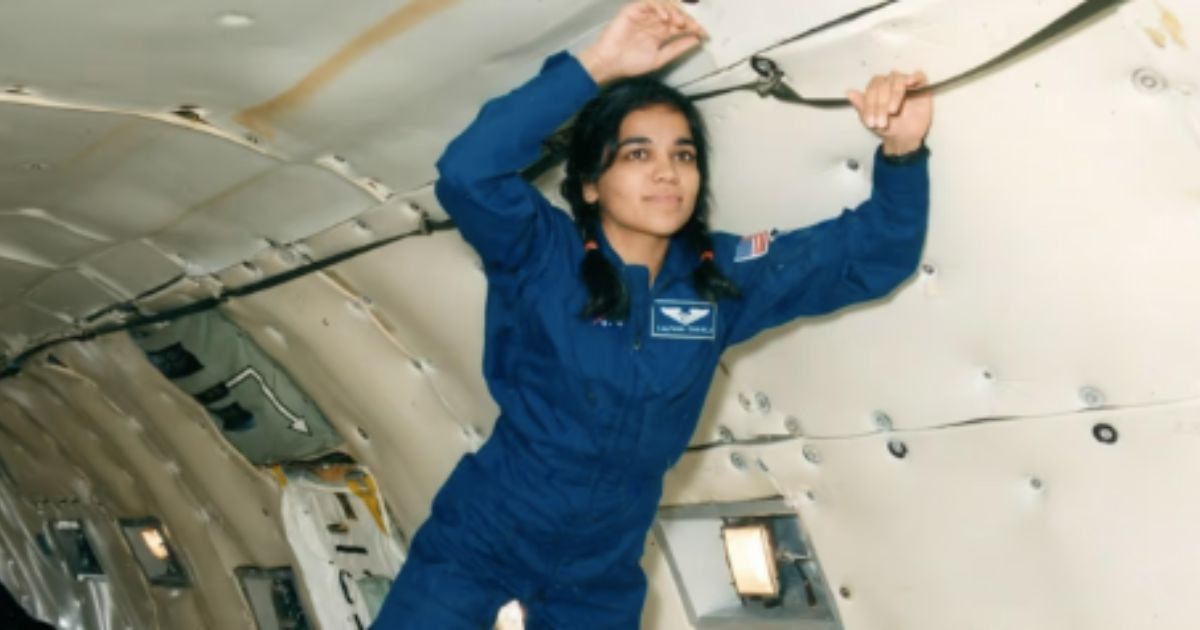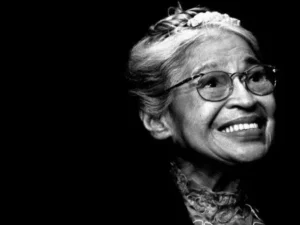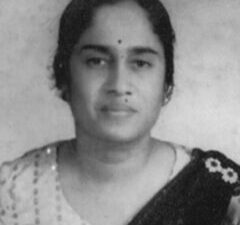There’s a hush settling over the world this morning, the kind that comes not from storm clouds but from the sudden absence of a voice we’ve long taken for granted, like the soft rustle of leaves in a beloved forest. Jane Goodall slipped away yesterday in Los Angeles, at 91, right in the midst of one of her endless speaking tours, as if even in her final moments she couldn’t bear to sit still. The news from the Jane Goodall Institute lands like a stone in still water, rippling out sorrow that’s all the more poignant because it feels so unexpected, even though we’ve known her time was borrowed from the wild.
I keep thinking of her at 26, that wide-eyed dreamer from London with no degree or map, just a fierce quietness and a suitcase full of hope, stepping into Tanzania’s Gombe Stream Reserve. She waited for months in the humid green, patient as prayer, until the chimpanzees finally trusted her enough to let her see them truly: not as specimens, but as souls with names like Flo and David Greybeard, weaving families from grief and joy, fashioning tools from twigs in a dance of ingenuity that mirrored our own hidden depths. Those observations, scribbled in notebooks damp with rain, weren’t just data; they were revelations, subtle cracks in the wall we’d built between human and animal, letting in light on our shared vulnerabilities, our capacity for tenderness and terror. Science called it groundbreaking; to her, it was simply seeing. And in that seeing, she gifted us a mirror, showing how alike we are in our quiet wars and whispered affections.
What lingers most, though, is the way she turned that wonder into a gentle force for mending. The Jane Goodall Institute, born in 1977 from her growing ache for the vanishing wild, wove conservation into the lives of communities, planting not just trees but futures in places scarred by loss. Then came Roots & Shoots in 1991, her soft-spoken revolution for the young, sparking tiny acts of care that bloomed into global movements: kids in cities tending rooftop gardens, teens in villages standing guard against poachers, all echoing her belief that hope isn’t a grand gesture but a stubborn seed, nurtured one small choice at a time. As a UN Messenger of Peace, she’d travel 300 days a year even into her 80s, her voice a murmur against the roar of climate despair, reminding us that every overlooked creature, every frayed thread in the web, deserves our pause, our protection.
Her passing leaves a tender ache, a sorrow laced with the unfairness of it all, because she was still hurrying, still urging us to speed up before the years ran out. Yet woven through that grief is this profound amazement at what one woman’s subtle gaze achieved: revolutions in how we understand life, paths cleared for women in shadowed fields of science, and a legacy that hums with possibility, calling us to listen closer to the world’s faint heartbeats. Jane didn’t conquer the wild; she befriended it, and in doing so, taught us to befriend ourselves. In the quiet now, I imagine her back in Gombe, walking softly among the trees she loved, her light folding into the canopy. It’s a loss that hurts like parting from an old friend, but oh, what a friend she was, leaving us forever changed, forever kinder.
